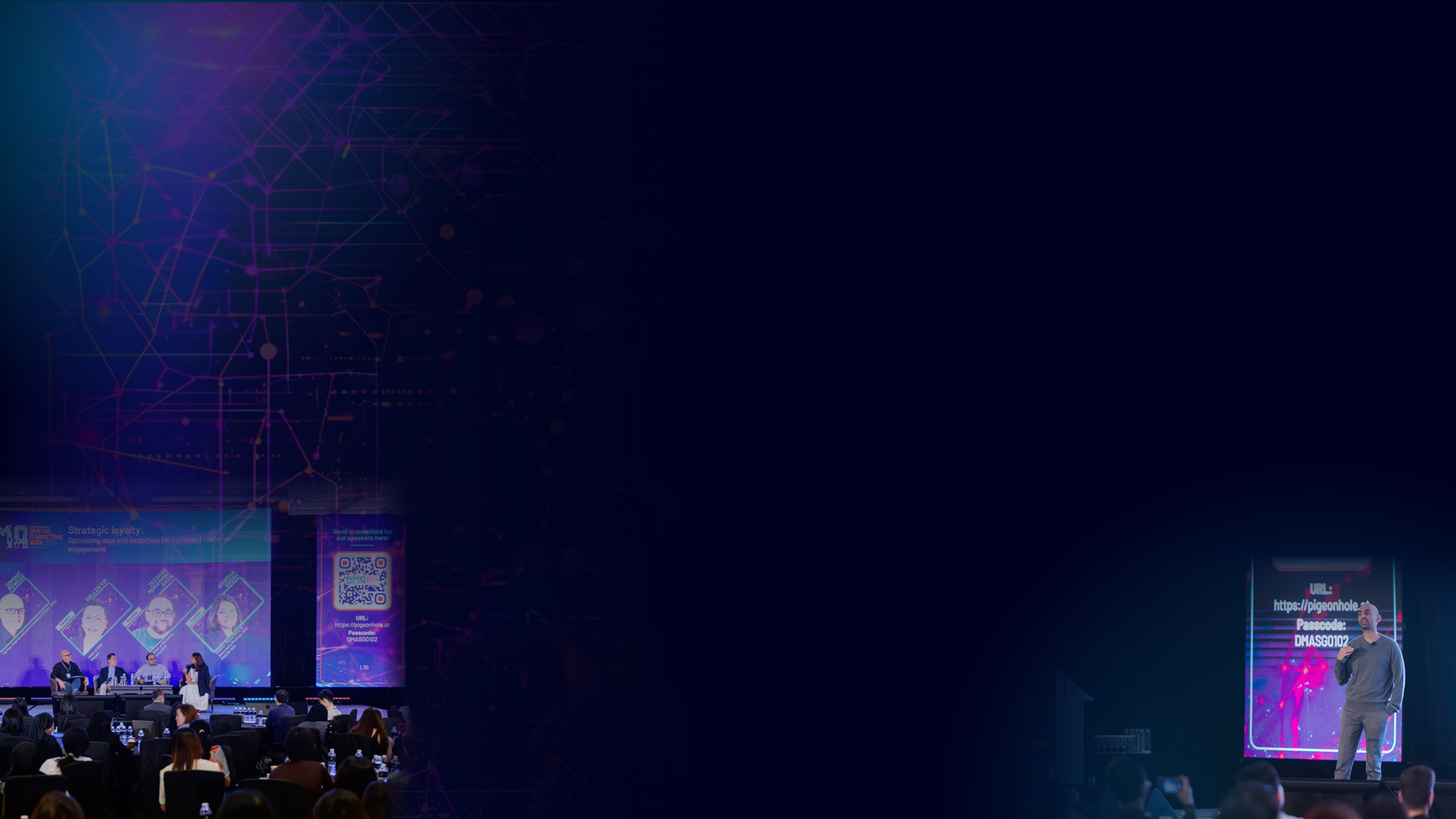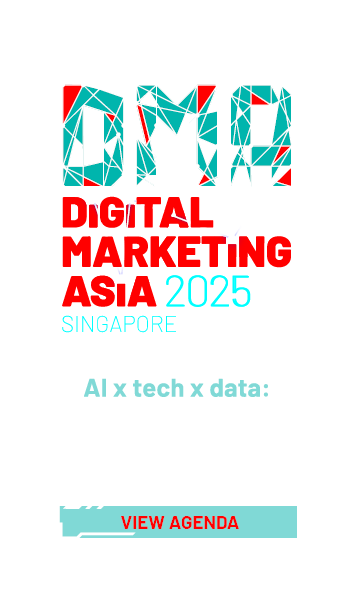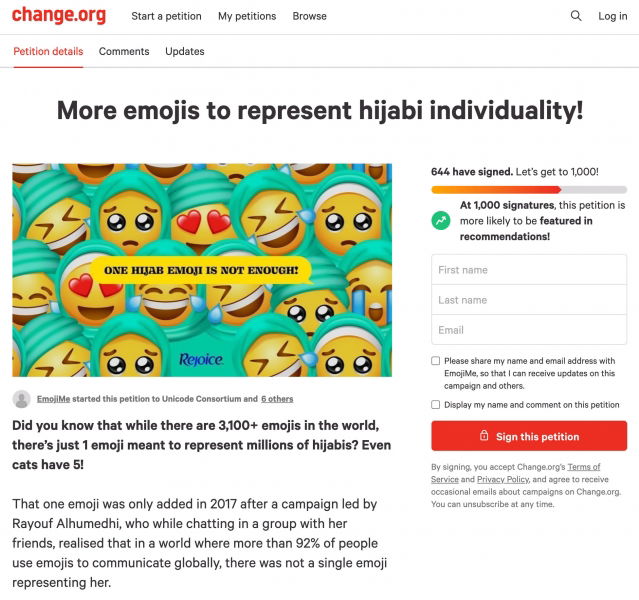



P&G's push for hijabi representation: Driving the convo with an emoji pack
share on
P&G’s haircare brand Rejoice is championing greater representation for hijabis with an emoji pack and a campaign titled #RejoiceEmojiMe, encouraging the world to #SeeBeyondTheHijab. The emoji pack will include a range of expressions and personalities which seek to enable hijabis to effortlessly express their individuality with confidence. Done in collaboration with VICE Media Group’s creative agency VIRTUE Worldwide in conjunction with the recent World Emoji Day, the emoji pack will be launched via a petition on change.org and will extend into August, with further support on social media. The petition currently has 644 out of the 1,000 signatures Rejoice aims to secure
The brand hopes to create tools for hijabis to express themselves with more richness and nuance, while encouraging the rest of the world to acknowledge and recognise the unique individuals beneath the hijab. The agency also added that The EmojiMe campaign aims to enable Rejoice to engage deeper with Gen Zs whose first language is emojis, and for whom inclusivity is critical to their existence, within and beyond the hijabi community.
Sun Park, P&G director of communications, digital media and eCommerce, hair care APAC, told MARKETING-INTERACTIVE that Rejoice has always been a supporter of young women, finding ways and means to help them simplify the small dramas of their lives, such as a bad hair day. By working with VIRTUE to explore ways to help consumers, the team discovered that the most common form of communication consumers use today is text messaging, and the easiest and simplest way to answer someone’s text is with an emoji.
“It’s a form of expression that lets others know a bit of who they are. By adding more hijab emojis into the lives of our consumers, we hope that it will help make communicating and expressing a lot easier and more meaningful,” she said.

According to VIRTUE, there are over 3,000 emojis, including five cat emojis but only one emoji for hijabis. Elena Kim, strategist, VIRTUE APAC told MARKETING-INTERACTIVE that upon conducting research and first-hand conversations with hijabis, it found that there was a cultural tension whereby hijabis felt that they became defined by the hijab once they put it on. According to Kim, hijabis felt that people did not bother to understand them on a deeper level, and felt like they were "seen as a shell - not as whatever is inside".
Kim said that this can be largely attributed to the “reductive and generic narrative of the hijab that is constantly being portrayed in advertising, media and pop culture”. Thus, as a brand that stands for individual self-expression and being true to oneself, Rejoice set out to change this narrative by amplifying the richness and breadth of individual hijabis.
#SeeBeyondtheHijab is, therefore, a call to transcend the reductive understanding of the community and to instead recognise the unique individuality of each and every hijabi. “We hope that this will be a first step towards more inclusive representations for otherwise under and misrepresented communities in the media,” added Kim.
A three-phased approach for #RejoiceEmojiMe
The campaign will roll out across three phases from July to September. The announcement phase consisted of the petition on change.org to “drive support from the ground up”. According to VIRTUE APAC's head of strategy, Huiwen Tow, the petition gathered over 460 signatures organically in less than a week, with over 70 people who shared or paid to advertise the petition out of goodwill.
For the second education phase. Rejoice plans to release a campaign video to raise awareness for the cause. The video will present as a first-person narrative of the current hijabi emoji, accompanied by a key social meme asset, which hopes to be “a rallying cry” created to enable hijabis and non-hijabis to spread the word that “one hijabi emoji is not enough”.
During the last engagement phase, Rejoice will uplift voices from the community by sharing actual comments and statements from the petition page and social platforms to deepen engagement and celebrate individual voices driving this change.
At the same time, #RejoiceEmojiMe also has three key marketing strategies. It is taking an Instagram-first approach with thumb-stopping visuals and a strong message to target Gen Z consumers. Instagram was also chosen as it is a platform where many of today's social movements gain traction, Tow said. Doing so lends focus and directs all traffic and conversation onto a single platform, instead of spreading thin across multiple platforms.
It is also starting with an organic approach that transitions to paid support to create a grassroots social movement that rallies the community together and fosters authenticity, rather than the usual top-down approach of typical branded campaigns.
Meanwhile, Rejoice and VIRTUE are also adopting an upbeat, energetic and fun tonality while promoting an important cause. According to Tow, Rejoice adapted Gen Z’s approach to activism where speaking up or educating others about a cause does not have to evoke a “doom and gloom” tonality. “Fun and upbeat content can actually be more effective in motivating and inspiring people to take action,” she said.
How brands can show support for the hijabi community
Brands should take the time to speak to and understand hijabis on an individual level and give them the platform and freedom to take control of the narrative, VIRTUE's Kim said. This means inviting hijabis to co-create the narrative rather than bringing them in at the execution stage. As the narrative is often about the hijab instead of the person, brands should bring the focus back to the individuals beneath the hijab with their own unique personalities, emotions and interests, she explained.
Similarly, Tow also said it is important for brands to be clear on the respective roles data and creativity play in the decision-making process. “Data enables us to effect incremental changes and optimise an existing campaign. Creativity enables us to create the campaigns of tomorrow and pivot, as necessary, to a different direction. Striking the balance between the two, and knowing when to lean in on either lever, will ensure success for brands navigating the big confusing world of marketing,” said Tow.
Aside from championing representation for hijabis, P&G in general has also been active in raising awareness about imposter syndrome. Earlier last month in June, P&G launched its #RealDeal campaign in partnership with Lazada for this very cause. P&G quoted a study that saw 50% of women experiencing imposter syndrome on a daily or regular basis, attesting to the fact that women often doubt their own abilities through feelings of fraud and belittlement of their own experiences and expertise.
Related articles:
Emojis most used by your consumers across age groups
Does anyone open your EDMs or push notifications? Maybe it's time to use an emoji
Consumers are demanding more inclusive emojis
P&G wants to talk about 'imposter syndrome' facing women in SEA
'Everyone wins' says Carousell's ad starring staff and 72andSunny team
share on
Free newsletter
Get the daily lowdown on Asia's top marketing stories.
We break down the big and messy topics of the day so you're updated on the most important developments in Asia's marketing development – for free.
subscribe now open in new window
